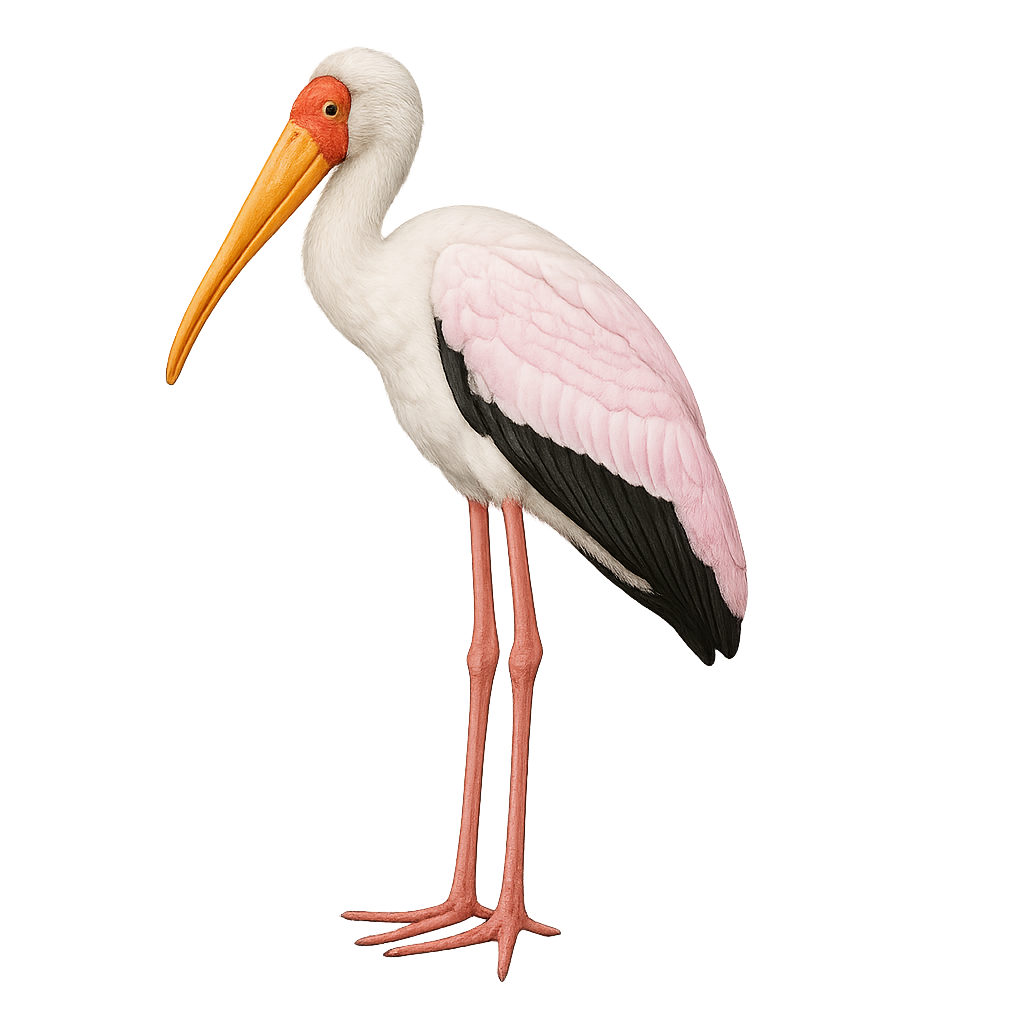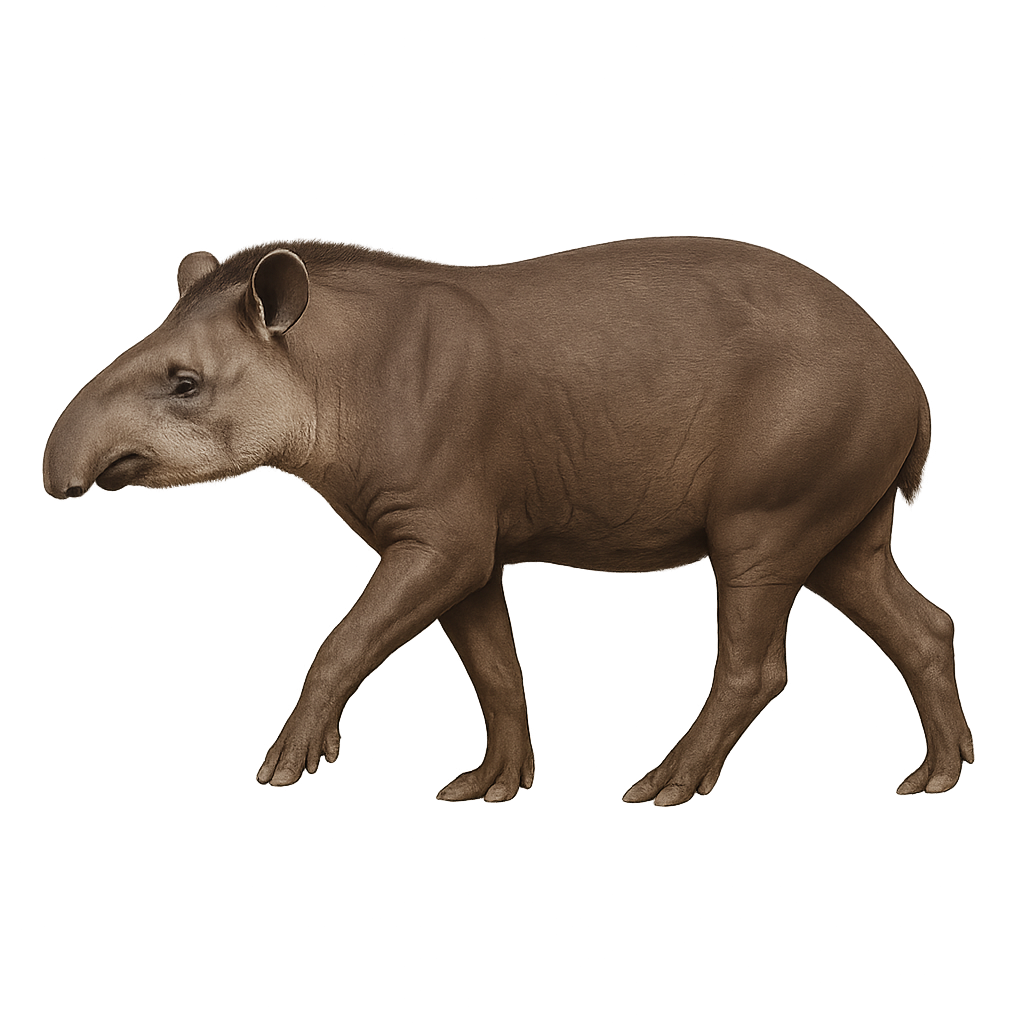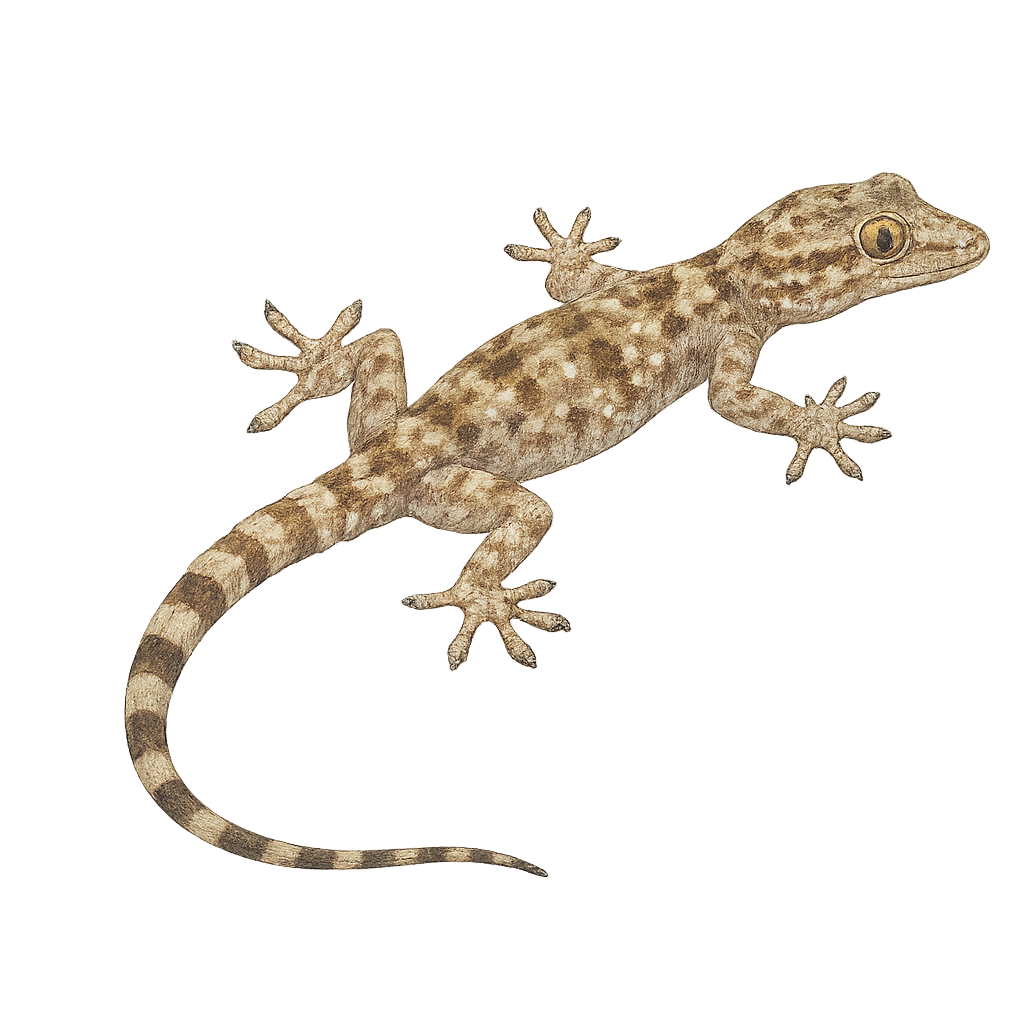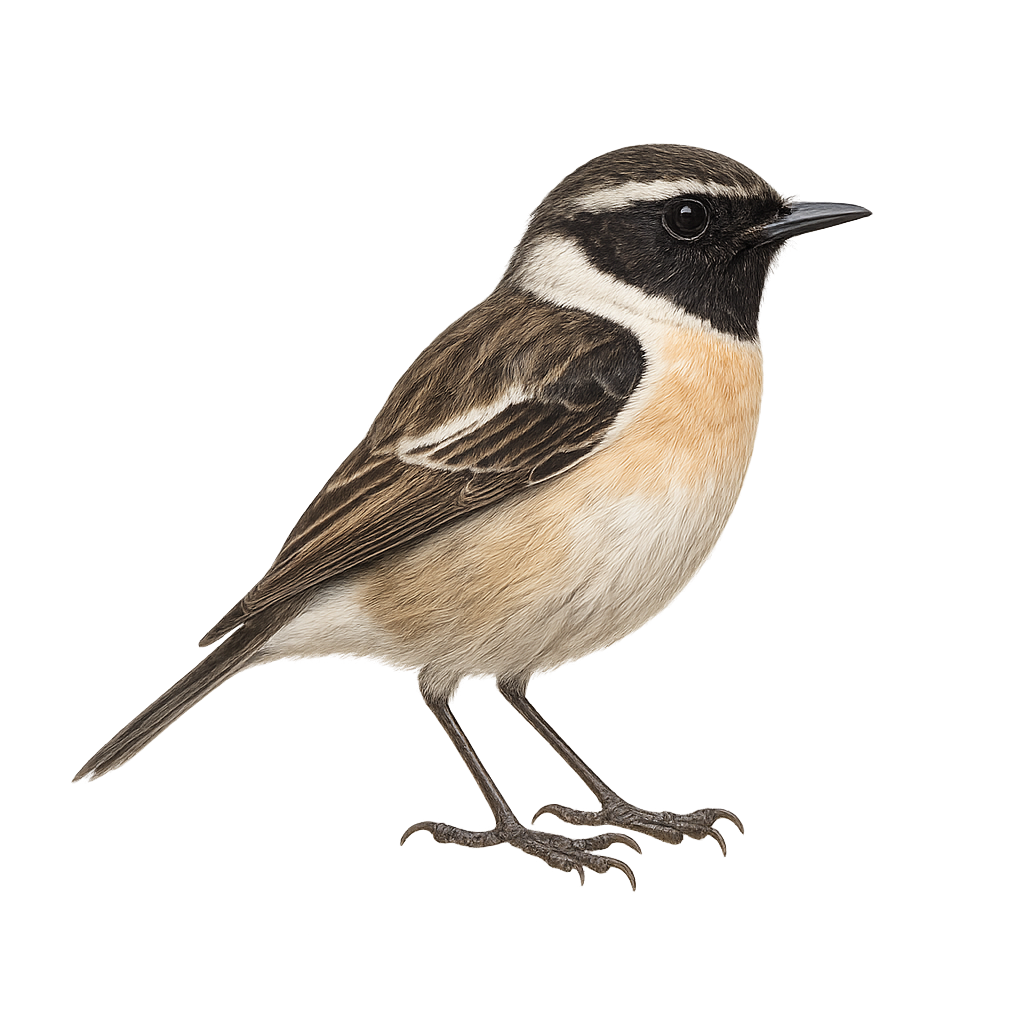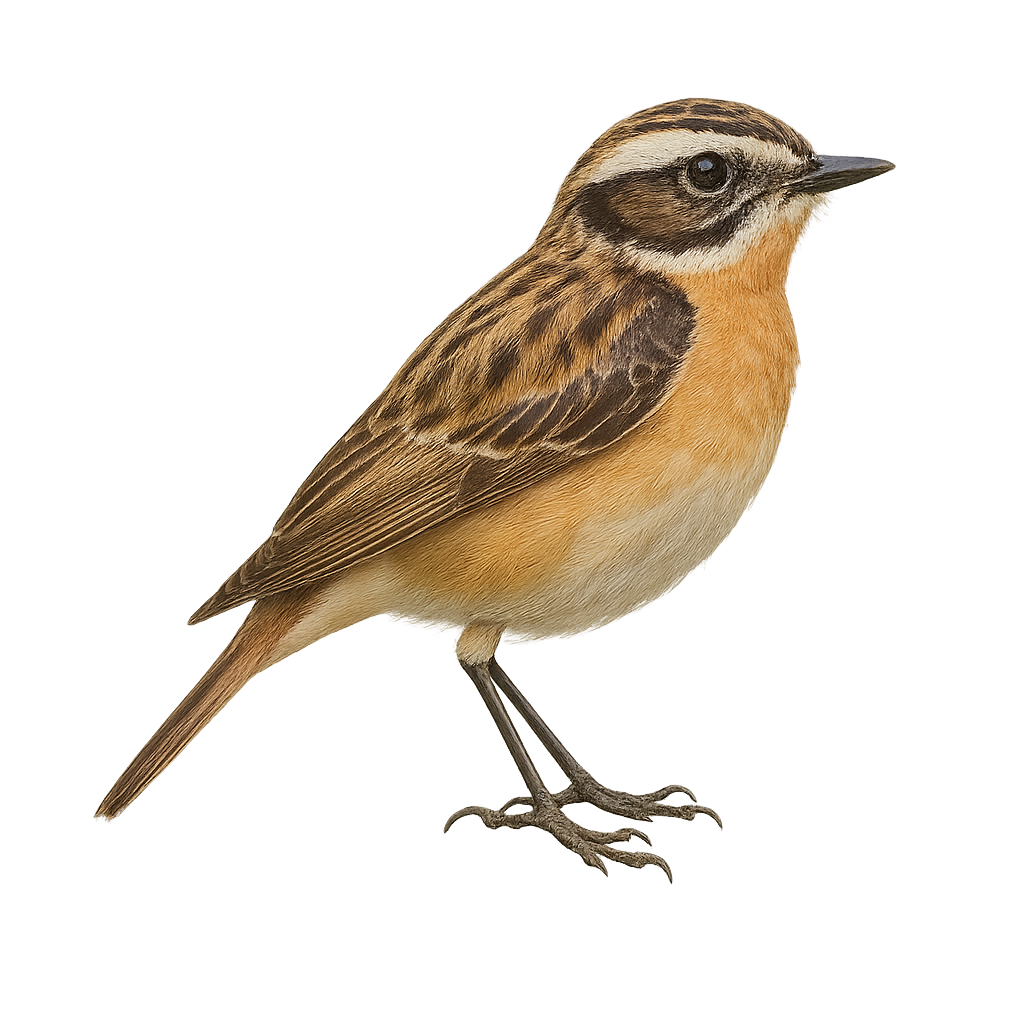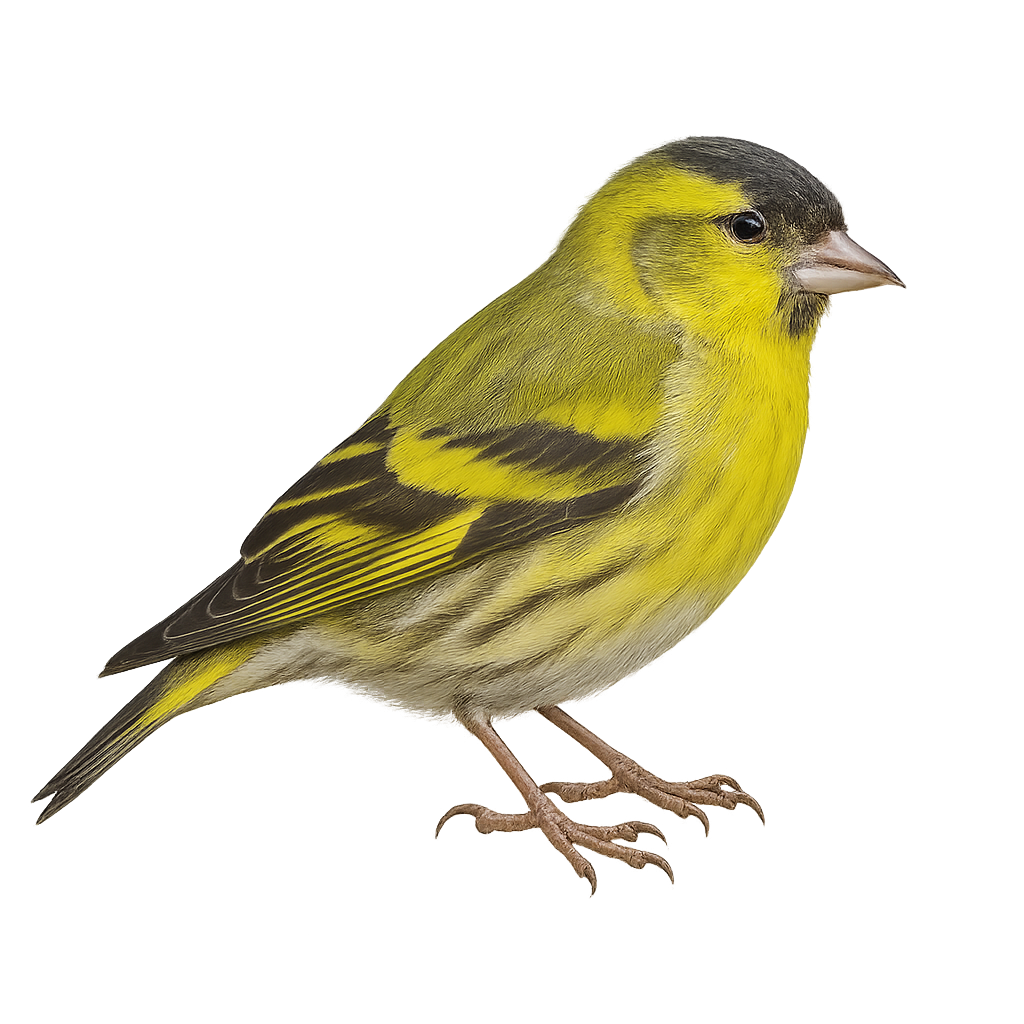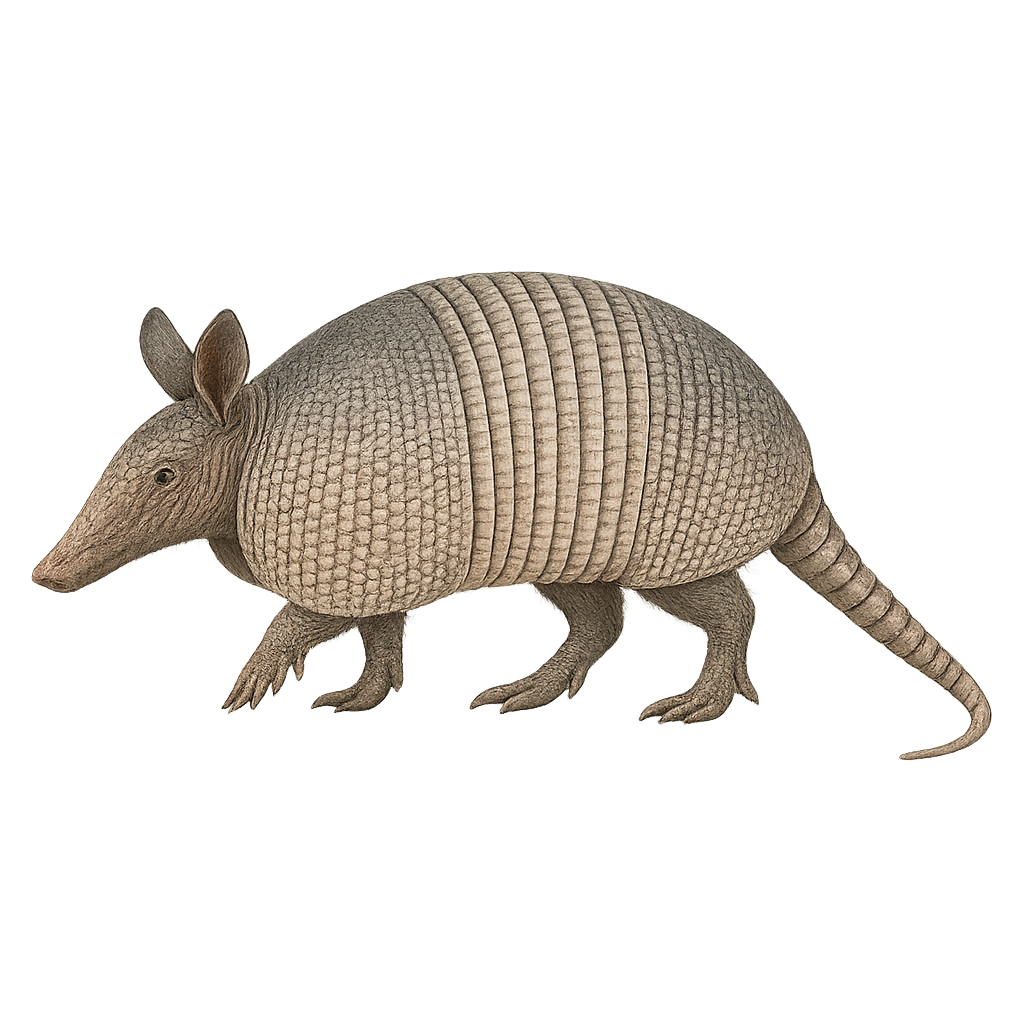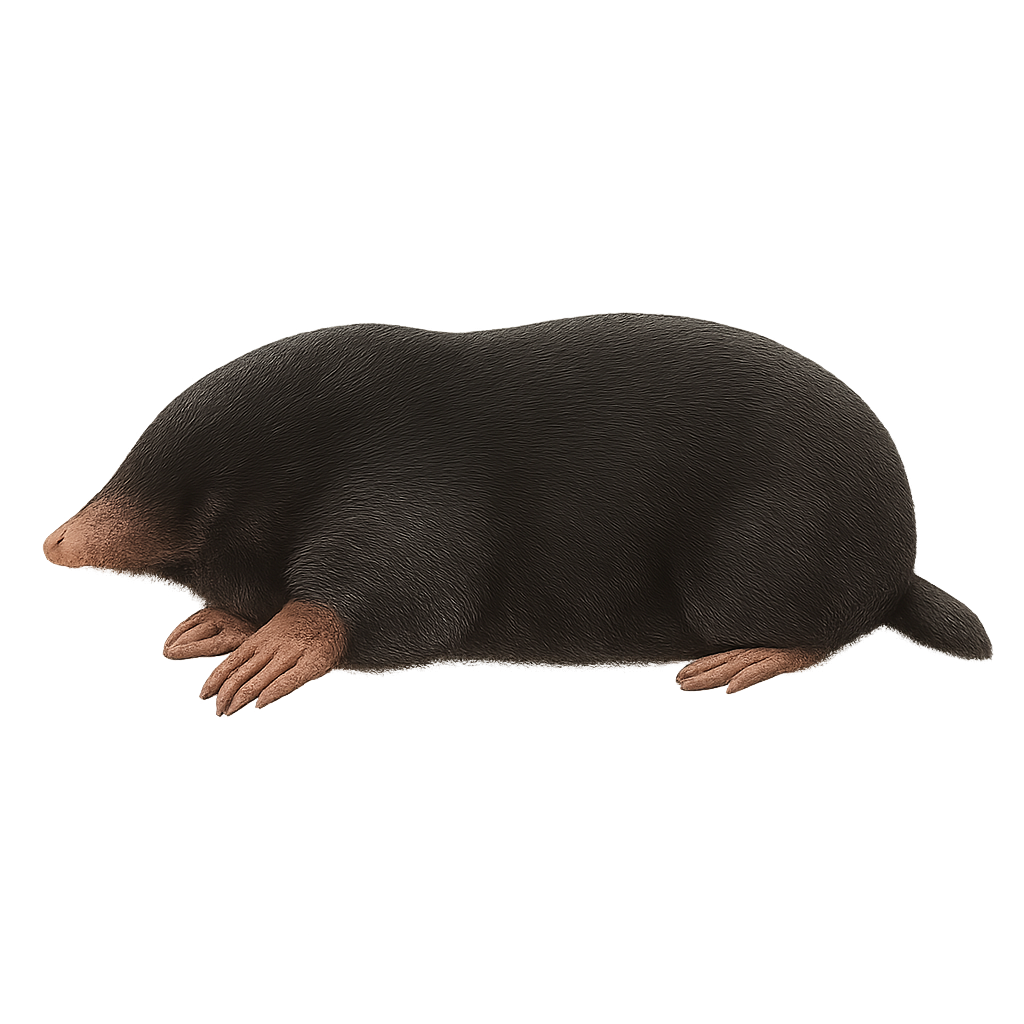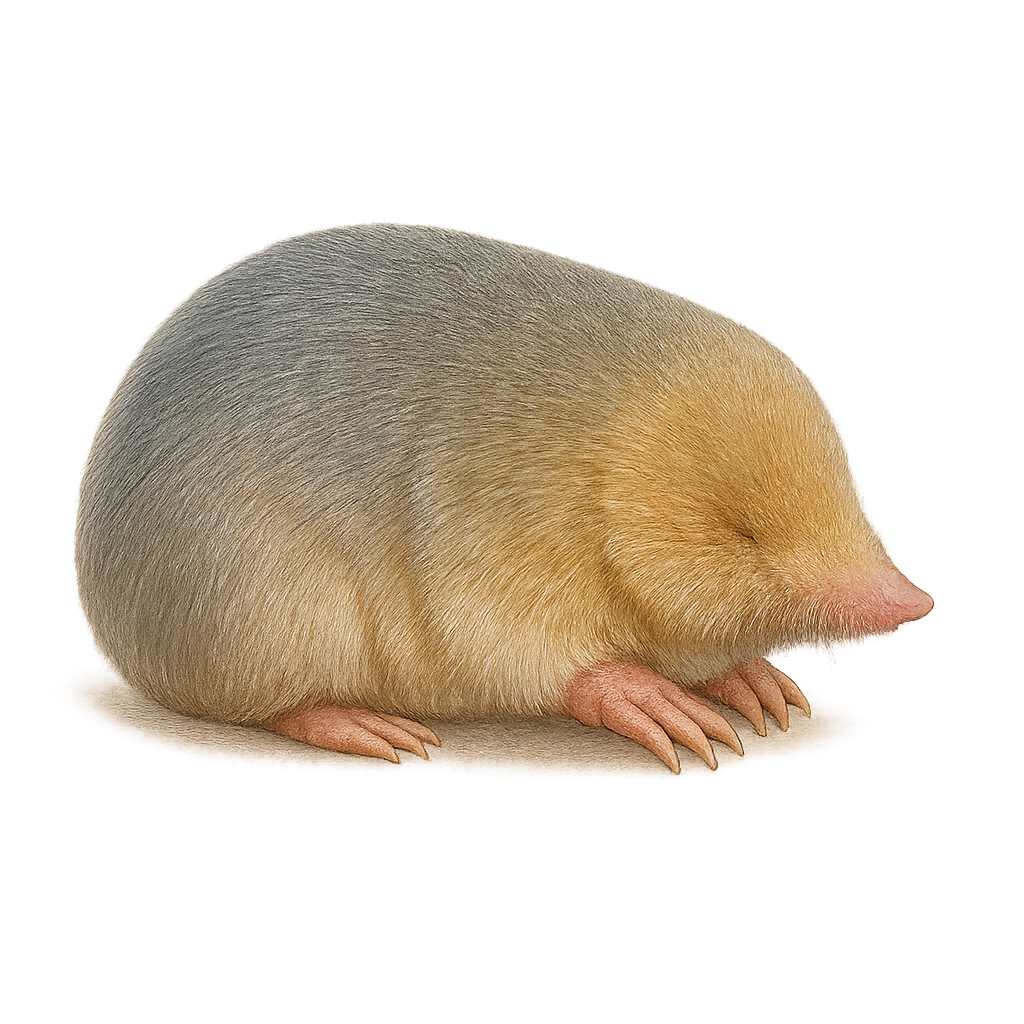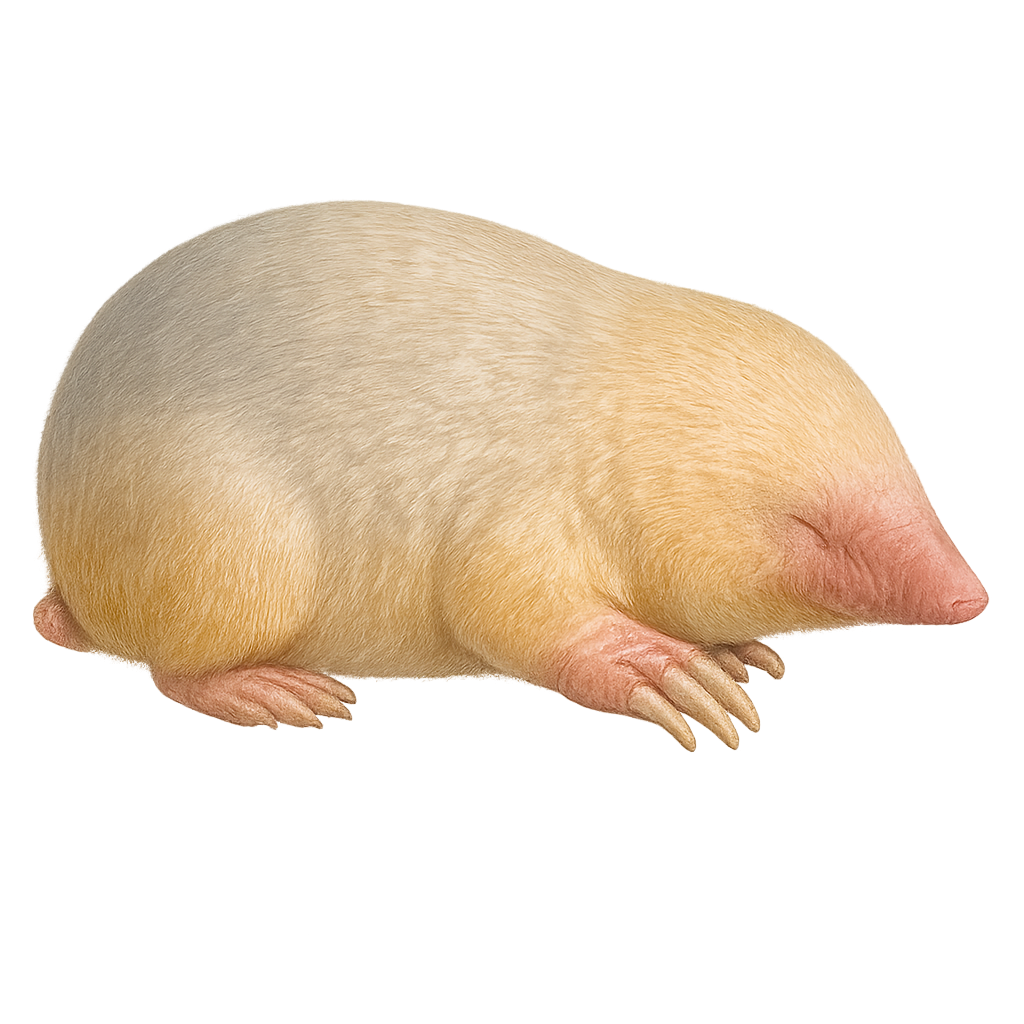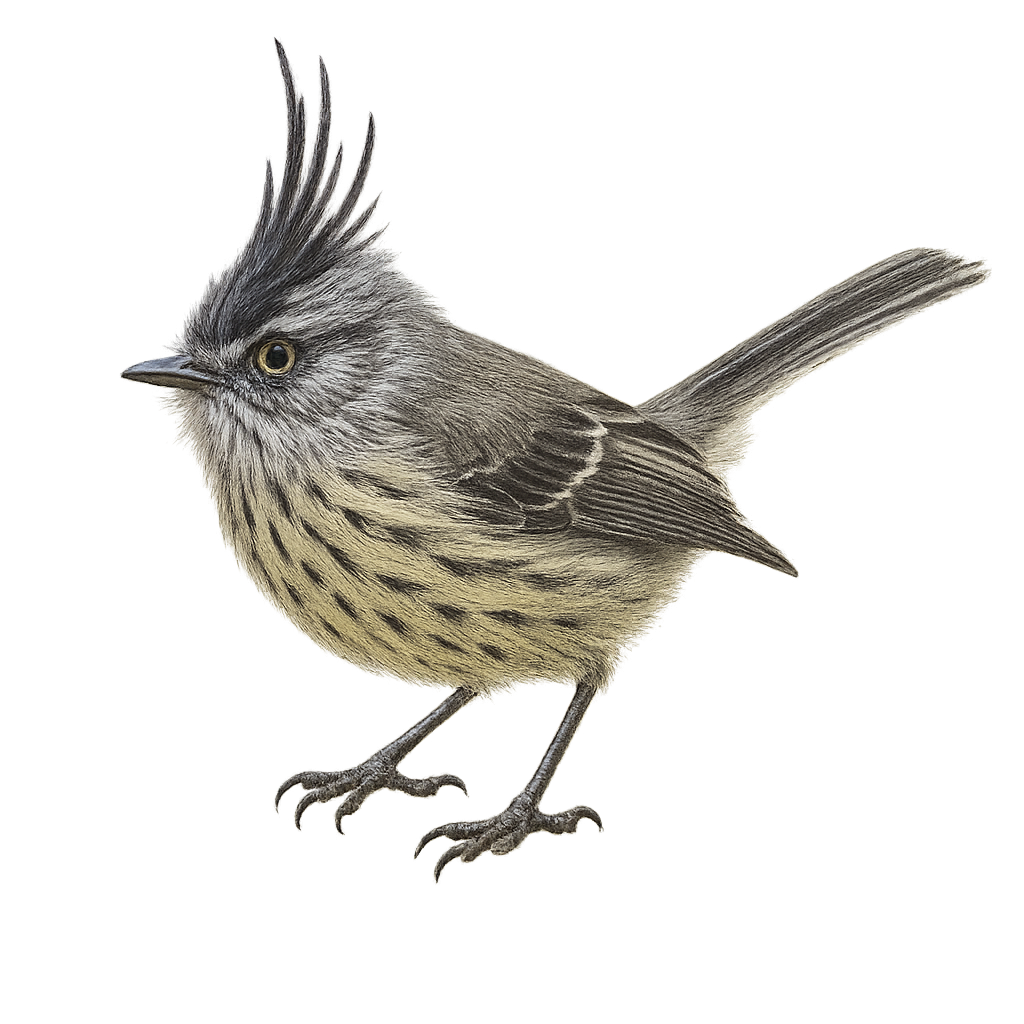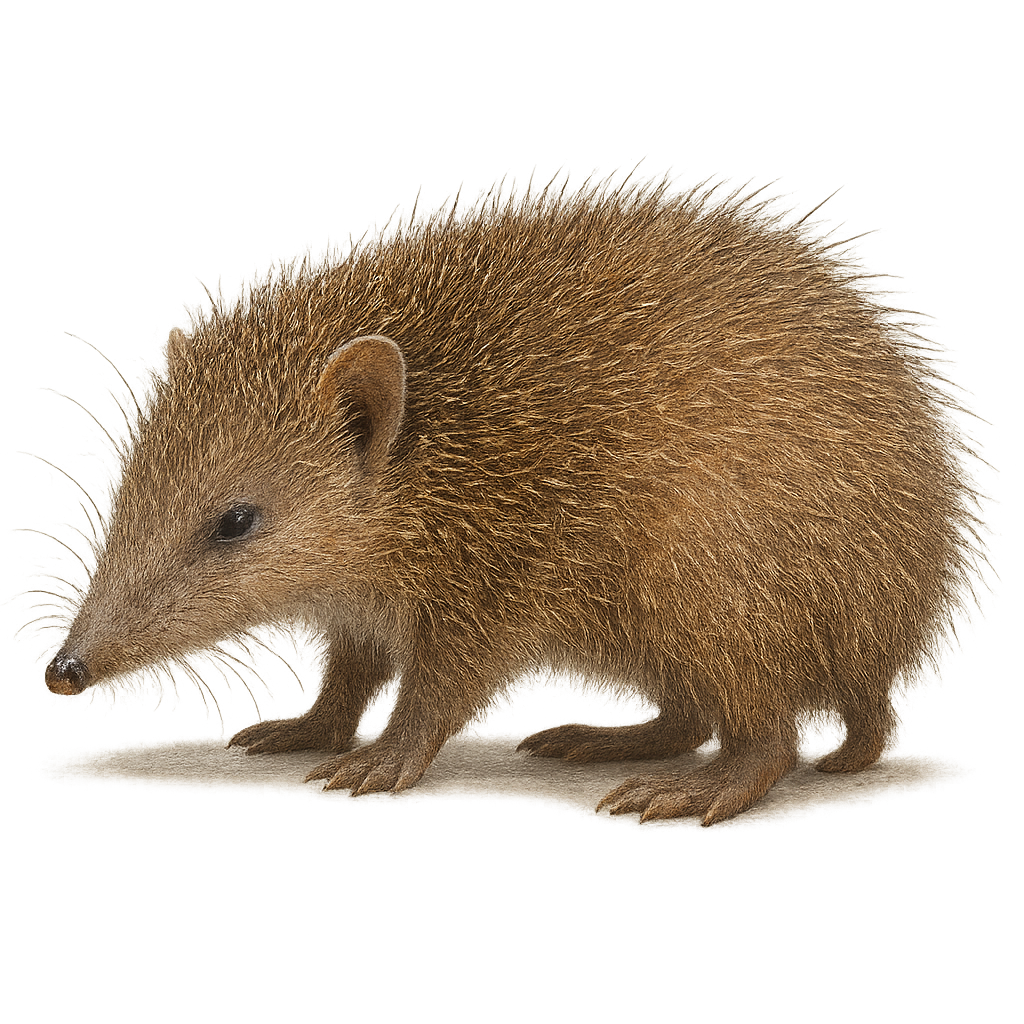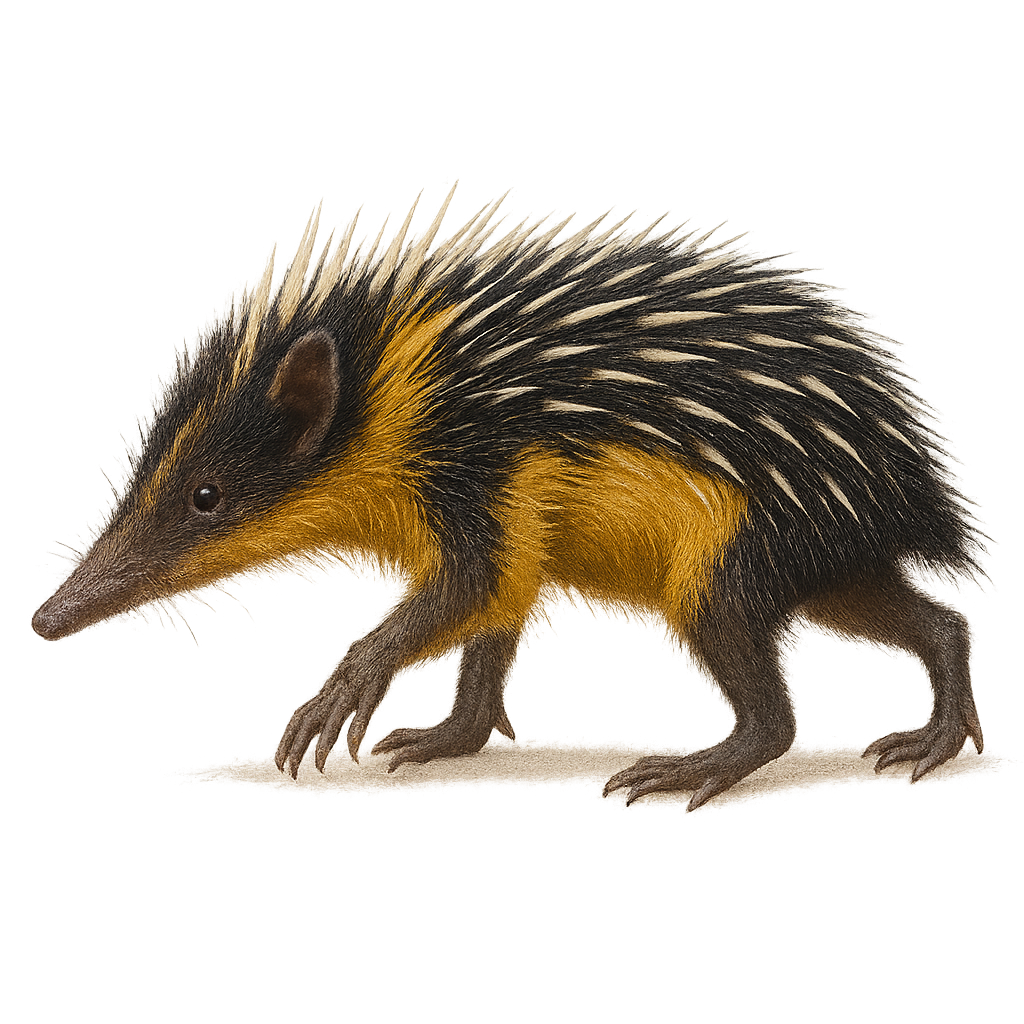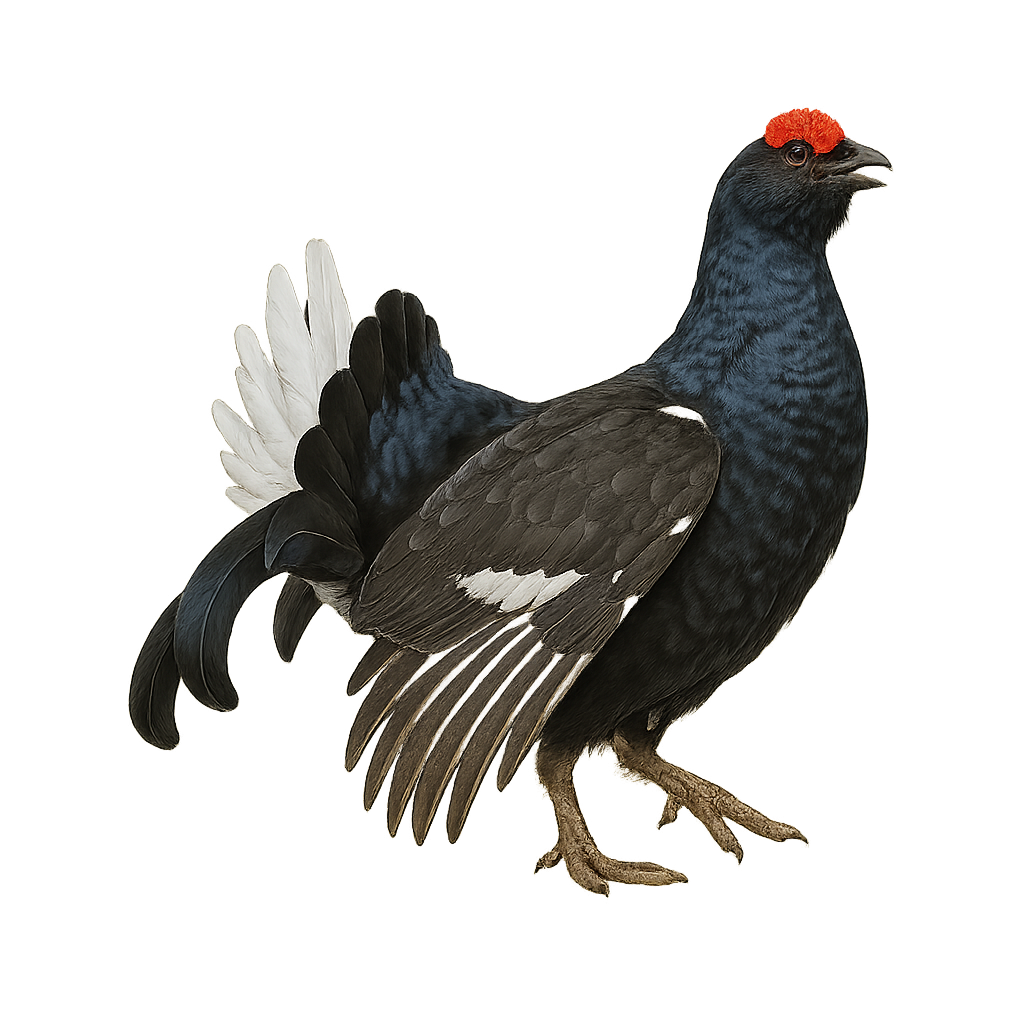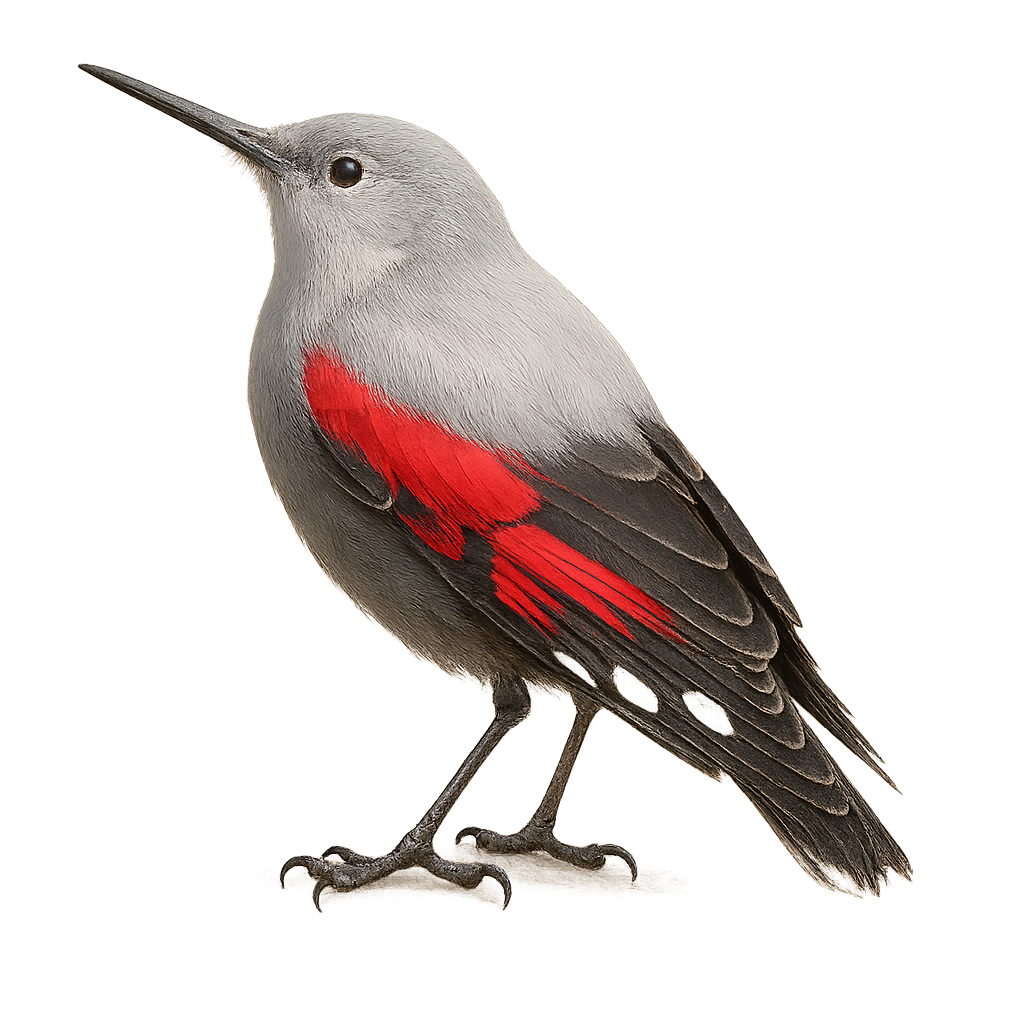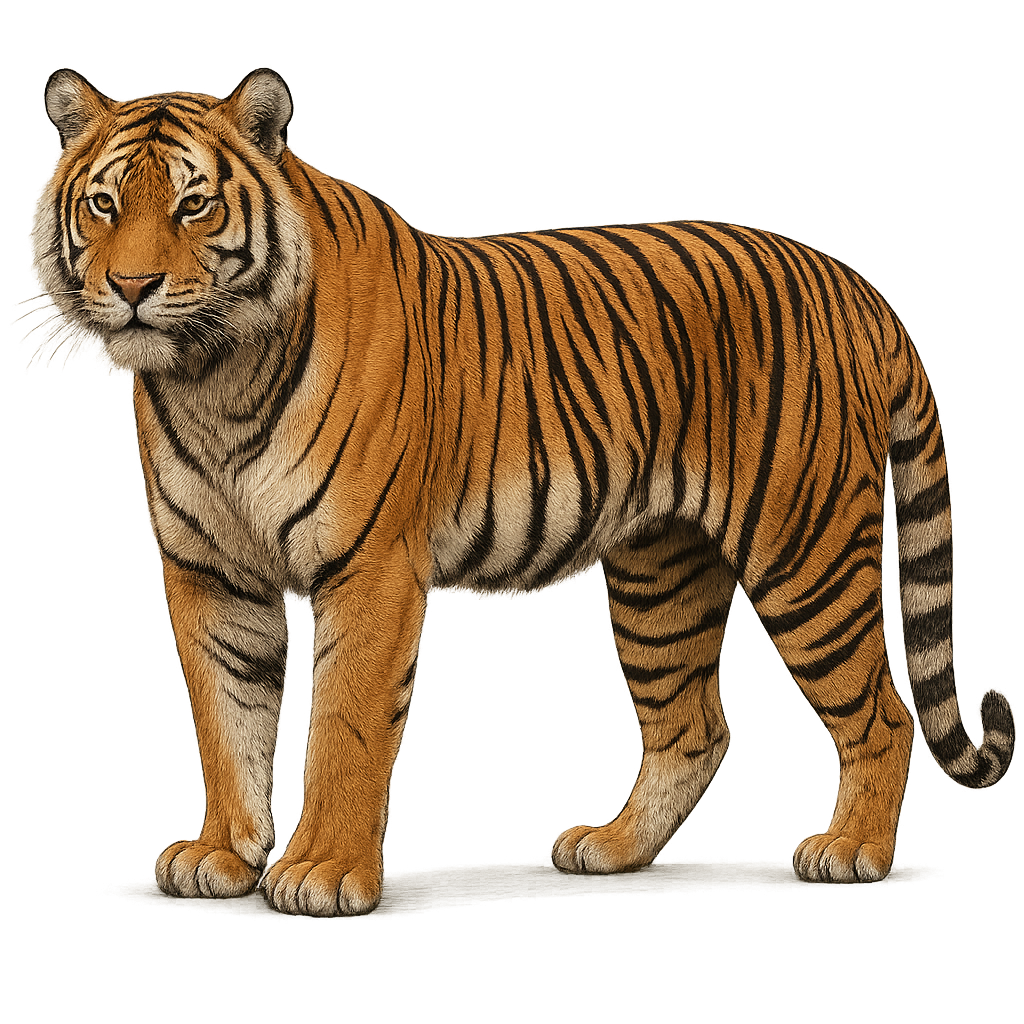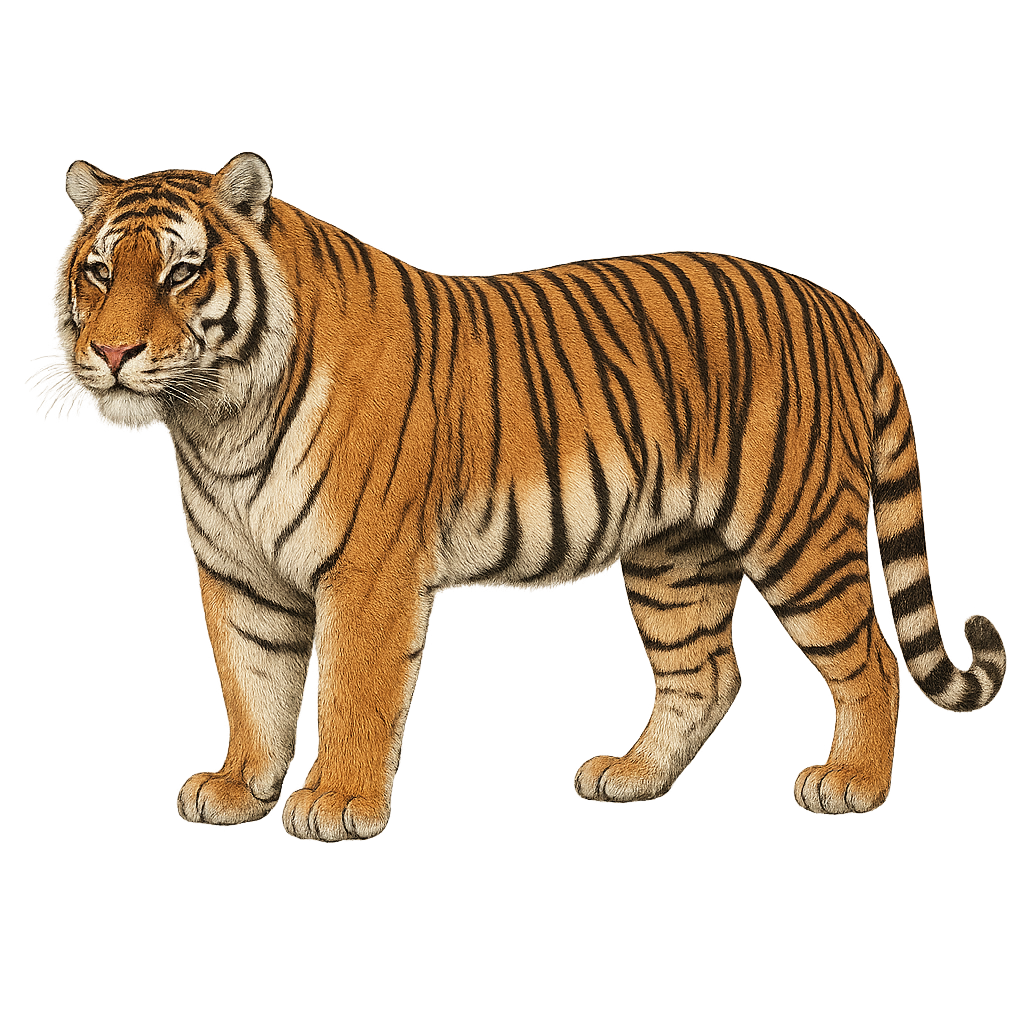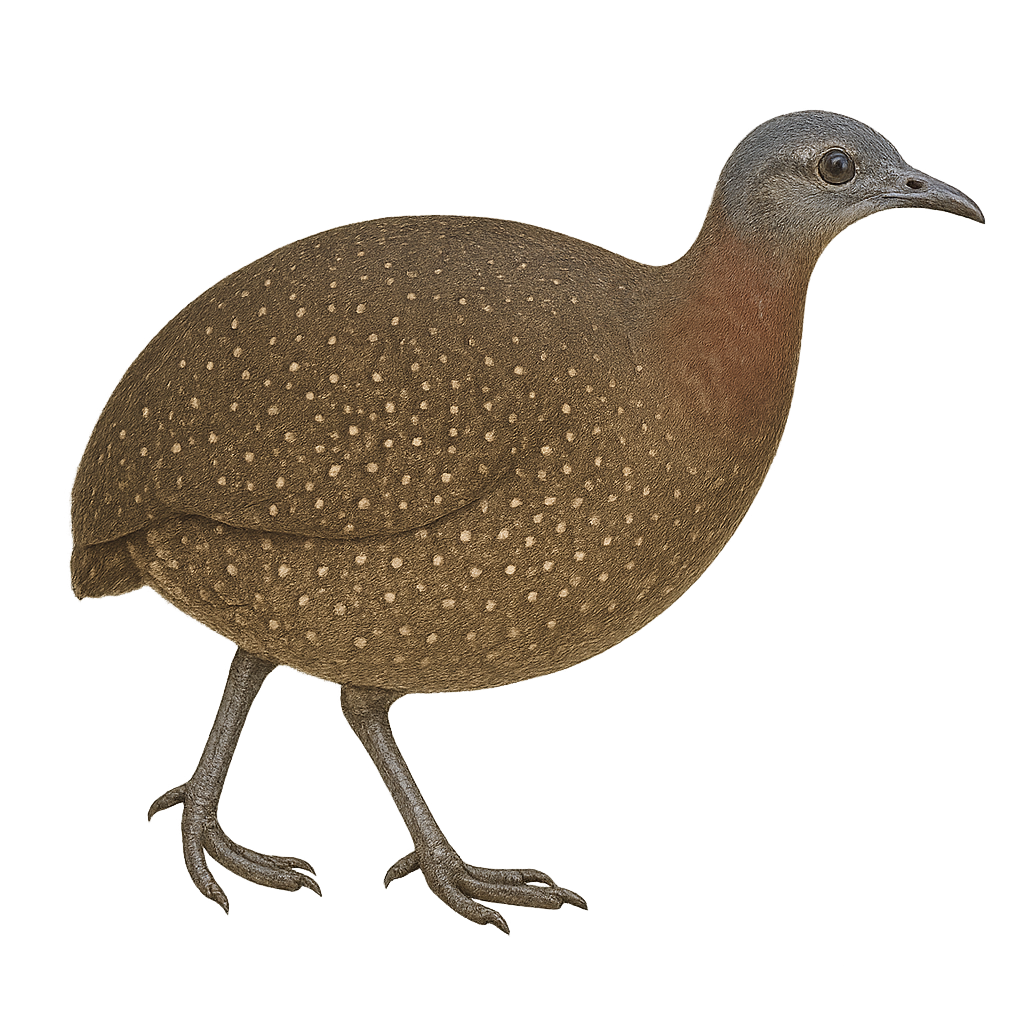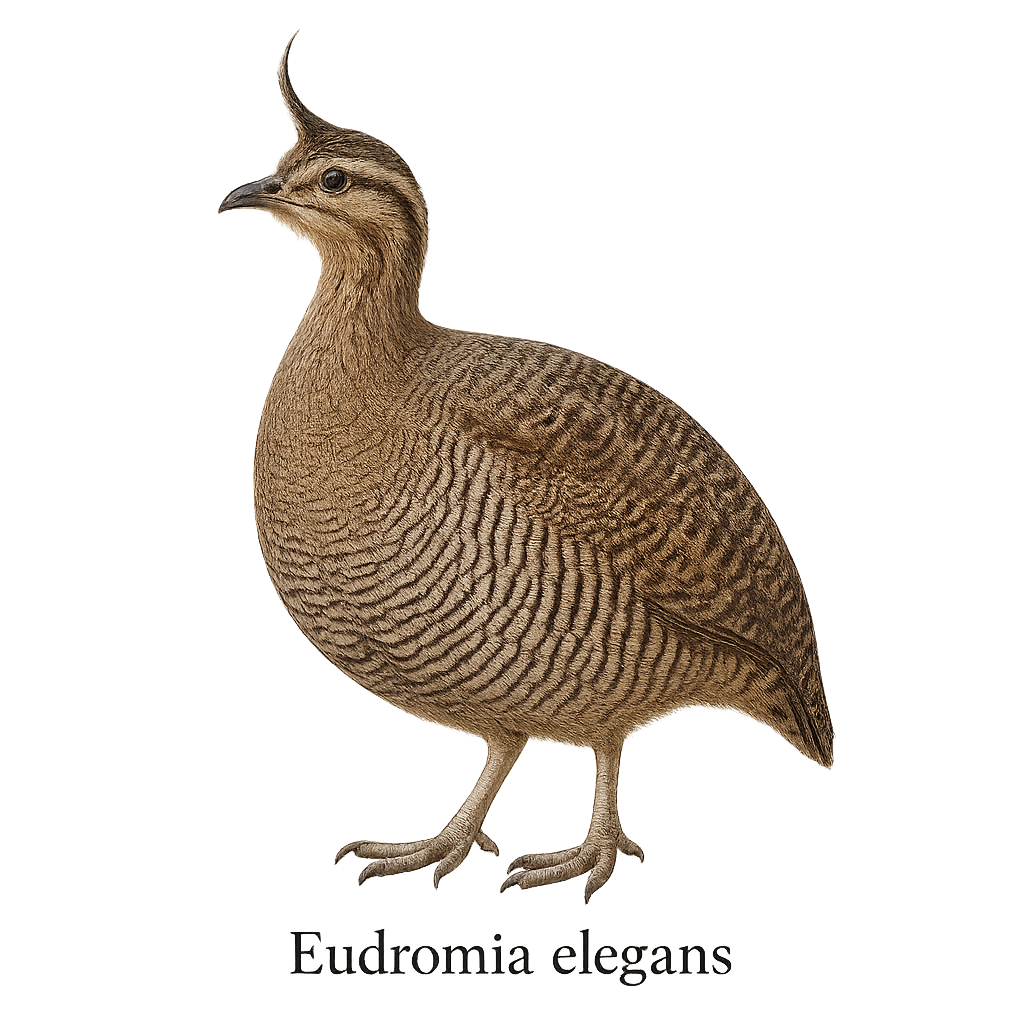The Yellow-billed Stork, or Mycteria ibis, is a large wading bird known for its distinctive downward-curved yellow bill and predominantly white plumage with contrasting black wings. It inhabits the wetlands of sub-Saharan Africa, feeding on fish, crustaceans, and insects. This gregarious bird is often seen in groups, especially during the breeding season. The Yellow-billed Stork nests in trees, often in mixed colonies with other wading birds. Although not currently threatened, habitat degradation poses a potential risk to its populations.
The Baird's Tapir is a species of tapir found primarily in the tropical forests of Central America, notably in Guatemala, Honduras, Costa Rica, and Nicaragua. It typically measures about 2 to 2.5 meters in length, with a short tail of 20 to 30 cm, and weighs between 200 and 300 kg. Its fur is predominantly black or dark brown, with lighter areas on its legs and ears. The Baird's Tapir has a long, flexible snout that allows it to grasp leaves, fruits, branches, and grasses. While it is an excellent swimmer and often spends time in water, it primarily lives in dense, humid forests. This species is threatened by deforestation, illegal hunting, and habitat loss, which has led to a decline in its population.
The Brazilian tapir, also known as the Amazonian tapir, is a large herbivorous mammal that lives in the humid tropical forests and wetland areas of the Amazon basin. It is easily recognized by its massive body, short legs, and elongated trunk-like nose, which it uses to grasp branches and leaves. The Brazilian tapir is primarily nocturnal and solitary, feeding mainly on fruits, leaves, and roots. While rather calm, it is an excellent swimmer and often spends time in water to cool off or move around. This tapir is currently listed as vulnerable due to habitat loss and hunting.
The Mediterranean House Gecko, Hemidactylus turcicus, is a small nocturnal gecko commonly found in Mediterranean regions. It typically measures between 7 and 15 cm, including the tail. Its skin is translucent and granular, often beige to light brown with darker patterns. The toes have adhesive pads, allowing it to climb vertical surfaces easily. It primarily feeds on insects and other small invertebrates. This gecko is often seen near human dwellings, taking advantage of artificial lights to hunt attracted insects. Although discreet, it is relatively tolerant of human presence.
The Saxicola dacotiae, known as the Canary Islands Stonechat, is a small bird endemic to the Canary Islands, specifically Fuerteventura. This passerine is characterized by its brownish-red and white plumage, with a dark head and light belly. It primarily inhabits arid and semi-arid areas, scrublands, and rocky zones. The Canary Islands Stonechat is a sedentary bird, meaning it does not migrate and remains in its territory year-round. It feeds mainly on insects, which it catches on the ground or in flight. Although its habitat is limited, it adapts well to local conditions. However, it is considered vulnerable due to habitat degradation.
The whinchat is a small passerine bird found primarily in meadows, cultivated fields, and open areas across Europe and Asia. It is easily recognized by its brown and beige plumage, orange chest, and white markings on its head. This small bird primarily feeds on insects, which it catches by flying or by perching to observe its surroundings. The whinchat is also known for its territorial behavior and distinctive song.
The European Stonechat, Saxicola torquata, is a small passerine bird belonging to the Muscicapidae family. It is easily identifiable by its distinctive plumage: the male has a black head, white throat, and orange-brown back, while the female is duller with brownish tones. This bird is often seen perched on bushes or fences, watching for insects to feed on. It inhabits open areas such as meadows, heaths, and agricultural lands. The European Stonechat is a resident bird in temperate regions, but some populations migrate south in winter. It is known for its melodious song and short, sharp calls.
The Eurasian siskin is a small passerine of 11–12 cm with yellow-green plumage streaked with black and dark wings. It inhabits coniferous and mixed woodlands, especially alder and birch stands, feeding mainly on cone seeds and small herbaceous seeds. During breeding, pairs nest in mid-canopy conifers and raise 2–3 broods per year.
The Tarsier des Philippines is a small nocturnal primate found primarily in the tropical forests of Southeast Asia, notably in the Philippines, Indonesia, and Borneo. It typically measures about 10 to 15 cm in length, with a tail of 20 to 25 cm, and weighs between 100 and 150 g. The Tarsier des Philippines is known for its remarkably large eyes, which account for about one-third of its head size, allowing it to see in low-light conditions. It also has long legs and large hands, which enable it to move agilely through the trees, where it primarily hunts insects, spiders, and occasionally small vertebrates. While its population remains relatively stable in some areas, the Tarsier des Philippines is threatened by deforestation and habitat loss.
The nine-banded armadillo, Dasypus novemcinctus, is a distinctive armored mammal native to the Americas. It is easily recognized by its hard shell made of bony plates and its nine movable bands that provide some flexibility. This armadillo typically measures between 40 and 60 cm in length, not including its tail, which can add an additional 25 to 40 cm. It weighs between 3 and 6 kg. Primarily nocturnal, it feeds on insects, small invertebrates, and occasionally fruits. It can dig quickly to escape predators or find food. Although often solitary, it can be seen in small groups during the breeding season.
The Giant Armadillo is the largest of the armadillos, found primarily in the tropical forests of South America, notably in Brazil, Bolivia, Paraguay, and Argentina. It typically measures between 1.5 and 2 meters in length, including its tail, and can weigh up to 60 kg. Its fur is rough and brown, and it has a hard shell, typical of armadillos, which serves as protection against predators. The Giant Armadillo is primarily nocturnal and terrestrial, feeding mainly on insects, worms, fruits, and roots. While it is an excellent burrower, it is threatened by illegal hunting and habitat destruction, leading to a decline in its population.
The European mole, Talpa europaea, is a small burrowing mammal found primarily in meadows, forests, and gardens across Europe. It is recognizable by its cylindrical body, velvety black fur, and powerful forelimbs adapted for digging. Measuring about 14 cm in length, it has a pointed snout and small eyes often hidden by its fur. Although nearly blind, it has a highly developed sense of smell and touch, allowing it to navigate efficiently underground. The European mole plays an important ecological role by aerating the soil and controlling pest insect populations.
The Amblysomus hottentotus, commonly known as the Hottentot Golden Mole, is a small insectivorous mammal endemic to southern Africa. It is characterized by its silky, golden-tinged fur, giving it a unique appearance. Adapted to a subterranean lifestyle, it has powerful forelimbs and robust claws for efficient digging. Its eyes are covered by skin, as vision is of little use in its underground habitat. It primarily feeds on insects and small invertebrates it finds in the soil. Although elusive, it plays a crucial role in the ecosystem by aerating the soil and controlling insect populations.
The Southern Marsupial Mole, Notoryctes typhlops, is a small marsupial mammal endemic to Australia. Adapted to a subterranean lifestyle, it has a cylindrical body, powerful forelimbs, and robust claws for digging. Its skin is covered with silky fur, usually cream or golden in color. It is blind, with eyes covered by skin, and lacks visible external ears. It primarily feeds on insects and larvae found underground. The marsupial mole is rarely observed due to its underground lifestyle and restricted habitat in the deserts and arid regions of central and western Australia.
The Tufted Tit-Tyrant, or Anairetes parulus, is a small passerine bird belonging to the Tyrannidae family. It is easily recognizable by its gray and white plumage, adorned with a distinctive tuft on its head. This bird is primarily found in the mountainous regions of South America, notably in Chile, Argentina, Bolivia, and Peru. It inhabits montane forests, shrublands, and open grasslands, often at altitudes ranging from 500 to 4000 meters. The Tufted Tit-Tyrant is an active and agile bird, often seen hopping from branch to branch in search of insects. Although it is relatively not very shy, it can be challenging to spot due to its small size and lively behavior.
The tayra is a carnivorous mammal native to the forests of Central and South America. It resembles a large marten, with dark fur and a long bushy tail. It is known for its great agility and ability to climb trees, where it hunts small mammals, birds, and fruits. It is a territorial and solitary animal, preferring forested habitats. Although its population is stable, it faces threats from deforestation and hunting.
The Brown-crowned Tchagra, or Tchagra australis, is a medium-sized passerine bird belonging to the Malaconotidae family. It is primarily found in wooded regions and savannas of sub-Saharan Africa. This bird is characterized by its brownish head, grey back, and wings with shades of brown and black. Its melodious and varied song is often heard at dawn and dusk. The Brown-crowned Tchagra is a discreet bird, preferring to hide in dense bushes. It mainly feeds on insects but can also consume small fruits. Although it is quite widespread, it can be difficult to spot due to its wary behavior and often dense habitat.
The Black-crowned Tchagra is an elegant and discreet bird, easily recognizable by its black crown contrasting with its brown back and white belly. It primarily inhabits the savannas, open forests, and thickets of sub-Saharan Africa. This bird is often seen alone or in pairs, moving agilely through dense vegetation. Its melodious song, composed of soft and varied whistles, often resonates at dawn and dusk. Although relatively tolerant of human presence, it prefers to stay out of sight, blending into its natural environment. Its ability to adapt to various habitats makes it a common resident in many regions.
The Asian Paradise Flycatcher, or Terpsiphone paradisi, is an elegant and fascinating bird known for its long tail feathers in males. It boasts a striking white plumage with a black head and distinctive crest. Females are more subdued with brownish hues. This bird is primarily insectivorous, feeding on flies, butterflies, and other small insects caught in flight. It is often found in tropical and subtropical forests, as well as gardens and parks. The Asian Paradise Flycatcher is a partial migrant, moving seasonally to find optimal living conditions.
The common tenrec is a small insectivorous mammal weighing 220–270 g, with coarse fur ranging from light to dark. Endemic to Madagascar, it inhabits tropical forests, shrublands, and agricultural areas. An opportunistic omnivore, it feeds on insects, worms, and small invertebrates. Solitary and nocturnal, it shelters in burrows or under leaf litter during the day.
The Lowland Streaked Tenrec, Hemicentetes semispinosus, is a small insectivorous mammal endemic to Madagascar. It is characterized by its striking black and yellow striped fur and spines, giving it a unique appearance. Measuring about 14 to 17 cm in length and weighing between 125 and 280 grams, this tenrec is primarily nocturnal and uses its spines for defense against predators. It inhabits tropical rainforests and scrub areas, feeding mainly on insects and worms. Its ability to produce sounds by rubbing its spines together is a fascinating trait used for intra-species communication.
The Western Capercaillie, or Lyre Grouse, is a large bird primarily found in the coniferous forests and wooded areas of Eastern and Northern Europe, notably in Scandinavia, Russia, and Poland. It typically measures about 40 to 50 cm in length and weighs between 500 and 800 g. Its plumage is mainly brown and black, with white markings and red hues on the chest. The Lyre Grouse is particularly famous for the spectacular courtship dance of the male, who spreads his feathers in a lyre shape to attract a female. It primarily inhabits dense forest habitats and feeds on berries, seeds, young shoots, and insects. While its population remains relatively stable in some areas, the Lyre Grouse is threatened by habitat loss, deforestation, and human disturbances.
The Wallcreeper is a small bird found primarily in rocky cliffs and mountains of Europe, notably in the Alps, the Pyrenees, and the Carpathians. It typically measures about 14 to 16 cm in length and weighs between 12 and 20 g. Its plumage is characterized by distinct patterns of white, gray, and black, with very prominent white markings on its wings. The Wallcreeper is an excellent climber, capable of moving on almost vertical rock faces thanks to its strong claws. It primarily feeds on insects, small arachnids, and larvae that it finds in rock crevices. Although it is a relatively rare bird, the Wallcreeper is threatened by the disturbance of its rocky habitats, particularly due to urbanization and the exploitation of natural resources.
The Tiger is a large cat primarily found in the forests, savannas, and grasslands of Asia, notably in India, China, Indonesia, and Russia. It typically measures between 2.5 and 3.5 meters in length, including the tail, and can weigh between 100 and 300 kg, depending on the subspecies. The Tiger is easily recognizable by its striped coat, which varies from yellow-orange to white, with distinctive black bands. It is a solitary and territorial predator, primarily feeding on large herbivores such as deer, wild boars, and buffalo. While it is at the top of the food chain, the Tiger is threatened by habitat loss, poaching for its fur and bones, and conflicts with human populations. Some subspecies, such as the Sumatran Tiger and the Siberian Tiger, are particularly endangered.
The Siberian tiger, or Panthera tigris altaica, is the largest living feline. It is distinguished by its thick, light-colored fur, adapted to the harsh winters of its natural habitat. Its black stripes on a pale orange background allow it to camouflage in coniferous forests and snowy steppes. This solitary predator is a nocturnal hunter, primarily feeding on large ungulates like deer and wild boar. Although its territory spans vast areas, it is threatened by deforestation and poaching. Conservation efforts are crucial for its survival, as it is classified as endangered by the IUCN.
The thylacine, or Tasmanian tiger, was a large nocturnal carnivorous marsupial up to 1.8 m long (including tail) and weighing 15–30 kg, with pale yellow fur marked by dark dorsal stripes. Endemic to Tasmania, it inhabited rainforests, scrublands, and grasslands, preying mainly on wallabies and birds at dusk and night. Solitary and shy, it sheltered in natural dens or rock crevices.
The Bengal Tiger is a subspecies of tiger found primarily in the forests of India, Bangladesh, Nepal, Bhutan, and Myanmar. It typically measures between 2.7 and 3.1 meters in length, with a tail of 1 to 1.2 meters, and weighs between 200 and 260 kg. Its fur is yellow-orange with distinct black stripes, and its impressive size makes it one of the largest and most powerful tiger subspecies. The Bengal Tiger is a solitary and territorial predator, primarily feeding on large herbivores such as deer, wild boars, and buffalo. Although its population is declining, the Bengal Tiger is one of the best-protected tiger subspecies, with active conservation efforts in wildlife reserves and national parks. It is still threatened by habitat loss, poaching, and human-wildlife conflicts.
The Black-throated Babbler, or Stachyris nigricollis, is a discreet and fascinating bird primarily inhabiting the tropical forests of Southeast Asia. This small passerine is recognizable by its black throat contrasting with its olive-brown plumage. It mainly feeds on insects and small invertebrates, which it finds by rummaging through dense undergrowth. Although often difficult to observe due to its suspicious nature, it is frequently heard thanks to its melodious and repetitive song. The Black-throated Babbler plays an important role in the forest ecosystem by helping control insect populations. It is also an indicator of the health of tropical forests, as it is sensitive to disturbances in its natural habitat.
The Highland Tinamou, or Nothocercus bonapartei, is a medium-sized ground bird belonging to the Tinamidae family. It is primarily found in the humid forests of the Andes, ranging from Venezuela to Bolivia. This elusive bird is more often heard than seen, due to its cryptic plumage that blends seamlessly into the dense undergrowth. It feeds mainly on fallen fruits, seeds, and insects. The Highland Tinamou is a solitary bird, although it can sometimes be observed in small groups. Its ability to run swiftly and fly short distances allows it to escape predators. Despite its elusive nature, it plays a crucial role in seed dispersal, aiding forest regeneration.
The Elegant Crested Tinamou, or Eudromia elegans, is a ground-dwelling bird native to South America, mainly found in Argentina. It is recognizable by its distinctive crest and speckled brown plumage, which helps it blend into its environment. Measuring about 40 cm in length, it has a robust body and strong legs adapted for rapid running. Although capable of flight, it prefers to run to escape predators. Its natural habitat includes open grasslands, savannas, and shrublands. The Elegant Crested Tinamou is a gregarious bird, often seen in small groups. It primarily feeds on seeds, fruits, and insects, playing an important role in seed dispersal and insect population control.


